10 Best Herbal Lozenges For Asthma

Herbal lozenges for asthma are natural remedies that aim to alleviate respiratory symptoms by incorporating plant-based ingredients known for their anti-inflammatory and bronchodilating properties.
Common herbs used in these lozenges include eucalyptus, ginger, and licorice root, which may help reduce mucus production and soothe irritated airways. While they are not a substitute for prescribed asthma medications, some individuals find them beneficial as a complementary therapy to support overall respiratory health. However, it is important to consult a healthcare professional before using herbal lozenges, as they may interact with other medications or have side effects.
Overall, herbal lozenges can be a soothing option for mild asthma symptoms, but they should not replace conventional medical treatment.
FREE Herb Drying Checklist
How to make sure every batch retains maximum flavor, color, and aroma without the risk of mold or over-drying. Eliminate guesswork and trial-and-error, making herb drying faster, easier, and more efficient every time.
Table of Contents
1. Eucalyptus globulus
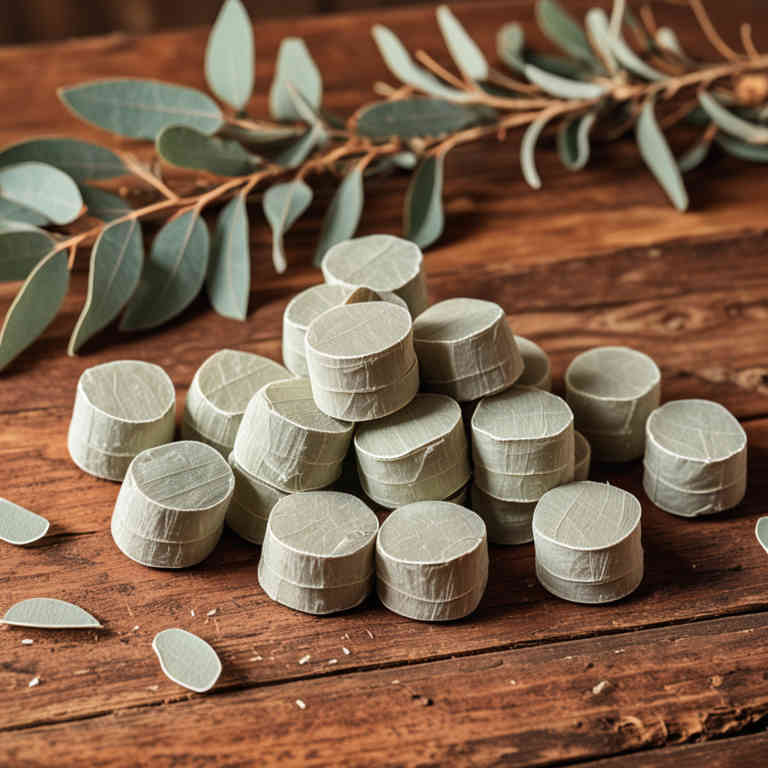
Eucalyptus globulus, commonly known as eucalyptus or gum tree, is a medicinal plant often used in herbal remedies for respiratory conditions.
Eucalyptus globulus herbal lozenges are formulated to provide natural relief for asthma symptoms by leveraging the plant's anti-inflammatory and bronchodilating properties. These lozenges contain essential oils such as eucalyptol, which can help reduce mucus congestion and ease breathing difficulties. While they are not a substitute for prescribed asthma medication, they may offer complementary support in managing mild respiratory symptoms.
It is important to consult a healthcare professional before using these lozenges, especially for individuals with severe asthma or other underlying health conditions.
2. Mentha piperita
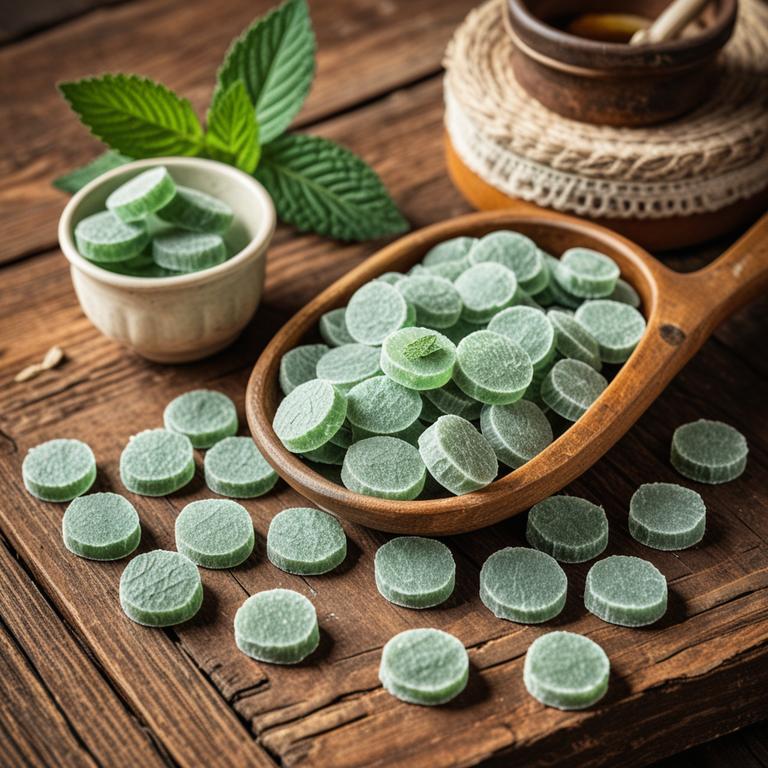
Mentha piperita, commonly known as peppermint, is often used in herbal lozenges to provide relief for individuals suffering from asthma.
These lozenges work by soothing the throat and reducing irritation, which can be particularly beneficial during an asthma episode. The menthol in peppermint has a cooling effect that may help open up the airways and ease breathing. While they are not a substitute for prescribed asthma medications, they can serve as a complementary remedy to support respiratory comfort.
However, individuals with asthma should consult a healthcare professional before using peppermint lozenges to ensure they are safe and appropriate for their condition.
3. Zingiber officinale
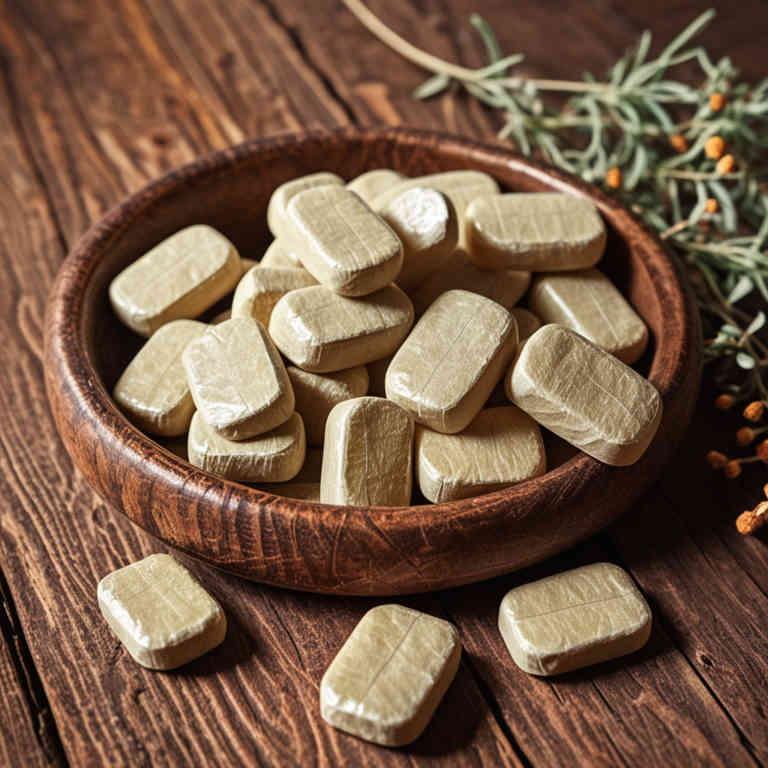
Zingiber officinale, commonly known as ginger, has been traditionally used for its anti-inflammatory and bronchodilator properties, making it a potential natural remedy for asthma management.
Herbal lozenges containing zingiber officinale may help alleviate asthma symptoms by reducing airway inflammation and improving respiratory function. These lozenges are often preferred for their ease of use and minimal side effects compared to conventional pharmaceutical treatments. However, while some studies suggest potential benefits, more clinical research is needed to confirm their efficacy and safety for asthma patients.
As with any herbal supplement, it is advisable to consult a healthcare professional before incorporating zingiber officinale lozenges into an asthma treatment plan.
4. Piper nigrum
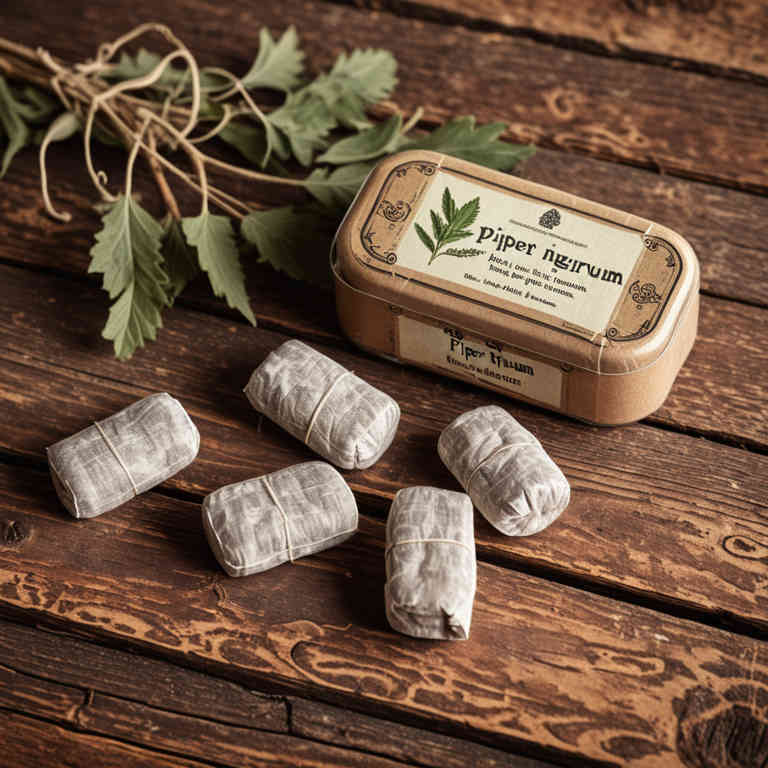
Piper nigrum, commonly known as black pepper, contains compounds like piperine that may have anti-inflammatory and bronchodilatory effects, making it a potential natural remedy for asthma.
Herbal lozenges made from black pepper are often used to soothe respiratory discomfort and improve breathing by reducing mucus buildup and inflammation in the airways. These lozenges may help alleviate symptoms such as coughing and shortness of breath associated with asthma. However, it is important to consult a healthcare professional before using black pepper lozenges, as they may interact with asthma medications or exacerbate symptoms in some individuals.
While preliminary studies suggest possible benefits, more research is needed to fully understand the efficacy and safety of piper nigrum in managing asthma.
5. Glycyrrhiza glabra
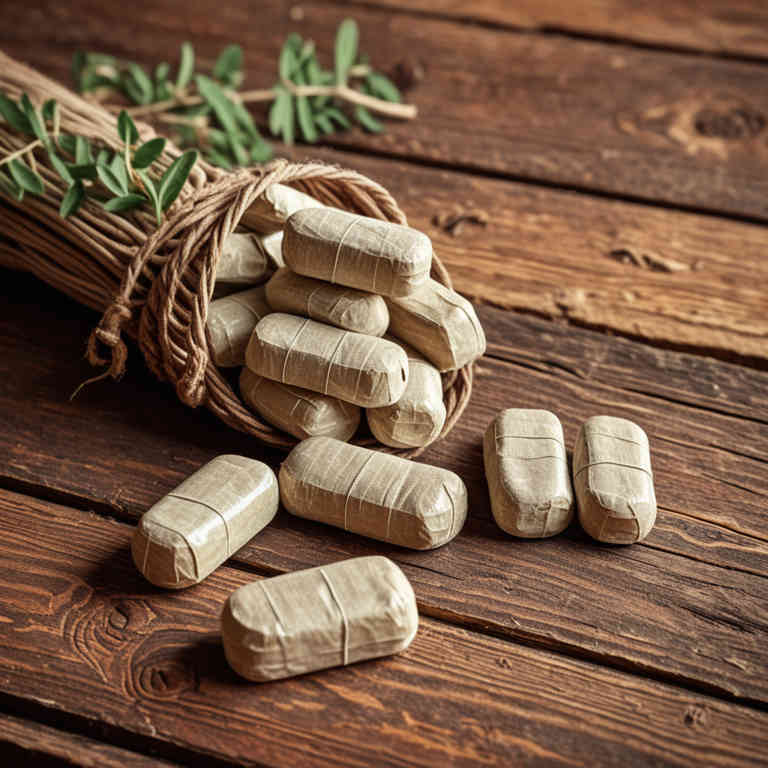
Glycyrrhiza glabra, commonly known as licorice root, has been traditionally used in herbal medicine for its potential anti-inflammatory and bronchodilatory properties.
Glycyrrhiza glabra herbal lozenges are formulated to provide a soothing effect on the throat and may help alleviate symptoms associated with respiratory conditions like asthma. The active compound, glycyrrhizin, is believed to reduce airway inflammation and improve mucous secretion, which can ease breathing difficulties. These lozenges are often used as a complementary therapy alongside conventional asthma treatments, though they should not replace prescribed medications.
However, long-term use of licorice-containing products may lead to side effects such as hypertension and electrolyte imbalances, so it is important to consult a healthcare provider before use.
6. Vitex agnus-castus

Vitex agnus-castus, commonly known as chaste tree, is a herbal remedy that has been traditionally used for various health conditions, including hormonal imbalances and menstrual disorders.
While it is not a primary treatment for asthma, some studies suggest that its anti-inflammatory and antioxidant properties may offer supportive benefits for respiratory health. Vitex agnus-castus herbal lozenges are formulated to deliver these compounds in a convenient and soothing form, potentially helping to alleviate mild respiratory discomfort. However, it is important to note that these lozenges should not replace conventional asthma medications and should be used under the guidance of a healthcare professional.
As with any herbal supplement, individual responses may vary, and potential interactions with other medications should be considered.
7. Cinnamomum verum

Cinnamomum verum, commonly known as true cinnamon, has been traditionally used in herbal medicine for its anti-inflammatory and bronchodilatory properties.
Herbal lozenges made from Cinnamomum verum may help alleviate asthma symptoms by reducing airway inflammation and improving respiratory function. These lozenges are often used as a complementary therapy alongside conventional asthma treatments. The essential oils in cinnamon, such as cinnamaldehyde, are believed to have soothing effects on the respiratory tract.
However, it is important to consult a healthcare professional before using cinnamon lozenges, as they may interact with certain medications or exacerbate allergies in some individuals.
8. Cinnamomum zeylanicum

Cinnamomum zeylanicum, commonly known as cinnamon, has been traditionally used in herbal medicine for its anti-inflammatory and bronchodilatory properties.
When formulated into herbal lozenges, cinnamon may help soothe respiratory tract irritation and reduce mucus production, which can be beneficial for individuals with asthma. These lozenges are often used as a complementary therapy to support conventional asthma treatments by potentially easing breathing difficulties and reducing coughing. However, it is important to consult a healthcare professional before using cinnamon lozenges, as they may interact with certain medications or exacerbate symptoms in some individuals.
While preliminary studies suggest potential benefits, more research is needed to fully understand the efficacy and safety of cinnamon lozenges for asthma management.
9. Thymus vulgaris
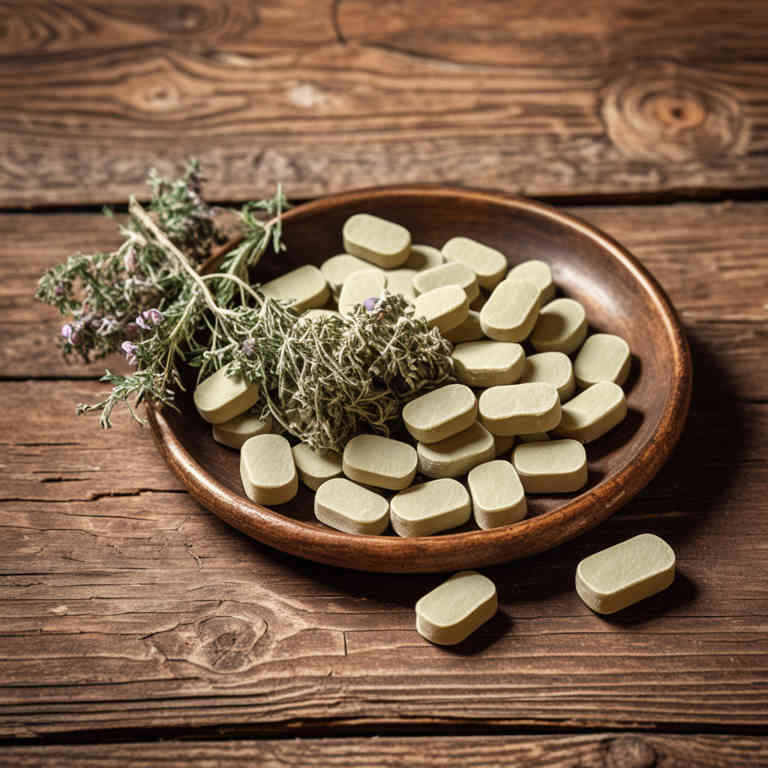
Thymus vulgaris, commonly known as thyme, is a herbal remedy that has been traditionally used for its medicinal properties, including its potential benefits for respiratory health.
Thymus vulgaris herbal lozenges are formulated to support individuals with asthma by promoting clearer breathing and reducing inflammation in the airways. These lozenges contain essential oils and antioxidants that may help soothe coughing and ease bronchial spasms. While they are not a substitute for prescribed asthma medications, they can serve as a complementary therapy to support overall respiratory function.
It is important to consult with a healthcare professional before using thyme lozenges, especially for those with existing respiratory conditions or allergies.
10. Salvia officinalis
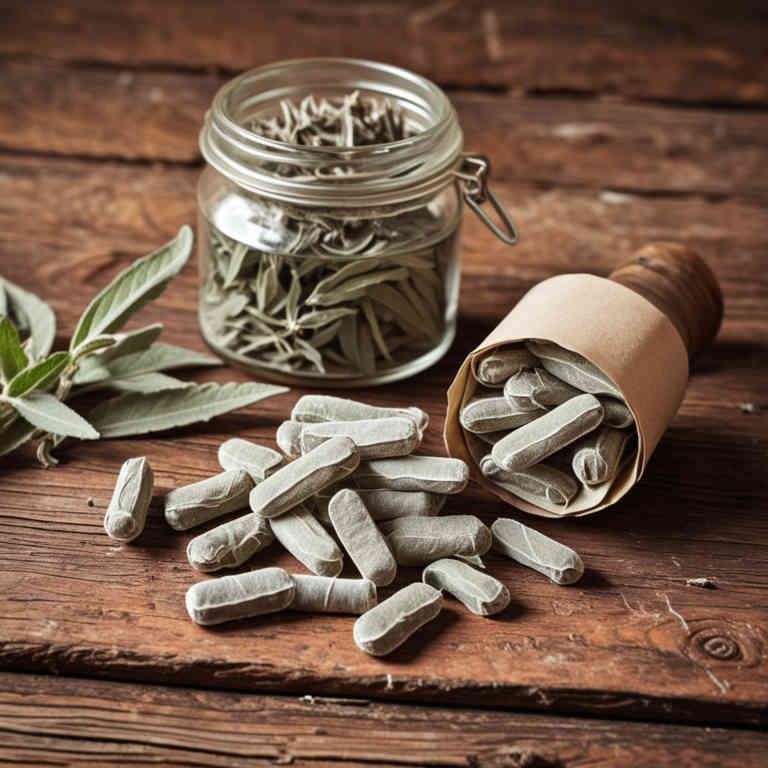
Salvia officinalis, commonly known as sage, has been traditionally used for its medicinal properties, and herbal lozenges containing this plant are gaining attention for their potential benefits in managing asthma symptoms.
These lozenges are often formulated with other herbs to enhance their therapeutic effects, such as reducing inflammation and soothing respiratory irritation. While scientific evidence supporting their efficacy for asthma is limited, some studies suggest that sage may help in reducing mucus production and improving breathing. As a complementary therapy, salvia officinalis lozenges may offer relief for mild respiratory discomfort, though they should not replace prescribed asthma medications.
It is important to consult with a healthcare professional before using these lozenges, especially for individuals with pre-existing medical conditions or those taking other medications.